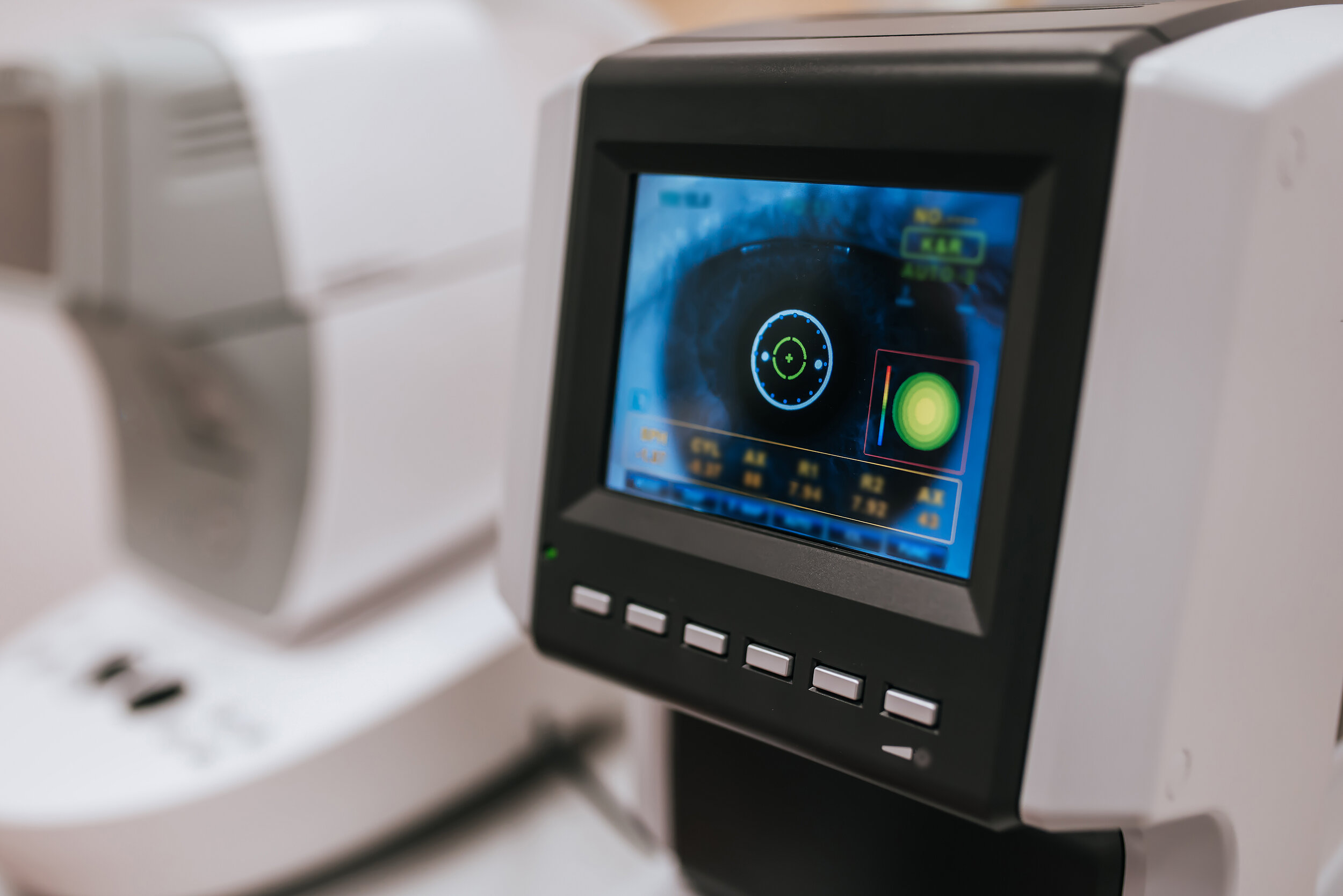
What is Dry Eye?
Our eyes require tears to remain comfortable and healthy. If your eyes don’t produce enough tears, it is called dry eye. Dry eye can also be caused by poor quality tears or tear film, gland dysfunction and/or blepharitis (an inflammation of the eyelids).
Dry Eye Syndrome can range from a mild irritation to a chronic problem with severe debilitation. This syndrome is caused by a chronic lack of sufficient lubrication and moisture on the surface of the eye. Consequences of dry eyes range from subtle but constant eye irritation to substantial inflammation and even scarring of the cornea and conjunctival changes.
If you experience any of the following, you may have Dry Eye Syndrome:
Dry, irritated, or red eyes
Excessive tearing/watery eyes
Sore or sensitive eyes
Heavy or Fatigued Eyes
Burning or Itching
A gritty or pasty feeling in the eyelids
Crusty or gunky eyes
Blurriness
What Causes Dry Eye?
At San Diego Eye Clinic we use the latest technology to assess the cause of your dry eye symptoms to be able to provide the best possible care. Some of the causes we evaluate include:
Poor Tear Quality
Meibomian Gland Disorder
Blepharitis
Poor Tear Volume
Age, Gender
Environmental Factors & Irritants
Contact Lenses
Medical Conditions
Lifestyle
Medications
An adequate and consistent layer of tears on the surface of the eye is essential to keep your eyes healthy, comfortable and seeing well.
Tears lubricate the eye's surface to keep it moist and flush away dust, debris and microorganisms that could damage the cornea and lead to an eye infection or inflammation.
A normal tear film consists of three important components:
An oily (lipid) component
A watery (aqueous) component
A mucous-like (mucin) component
Each component of the tear film serves a critical purpose. For example, tear lipids help keep the tear film from evaporating too quickly and increase lubrication, while mucin helps anchor and spread the tears across the surface of the eye.
Each tear component is produced by different glands on or near the eye:
The oily component is produced by meibomian glands in the eyelids.
The watery component is produced by lacrimal glands located behind the outer corner of the upper eyelids.
The mucin component is produced by goblet cells in the conjunctiva that cover the white part of the eye.
An issue with any of the 3 sources of tear film components can result in tear instability and dry eyes.
Ways to prevent and improve dry eye symptoms
There are many ways to treat dry eyes. We recommend that you prevent dry eye symptoms before they begin and address lifestyle factors that may be aggravating an existing condition.
Blink often, drink plenty of fluids and avoid eye irritants. Maintain a healthy lifestyle with a focus on supplements like Omega 3 and 6. Make sure to use lubricating eye drops if you are taking medication that puts you at risk for dry eyes. Smoking has been linked to serious eye problems including dry eyes and other eye diseases.
20/20/20 Rule
During prolonged computer or digital device use, make sure to take a short break every 20 minutes to look at an object 20 feet away for 20 seconds.
Drink plenty of water
Drink sufficient water as lack of adequate water intake can directly contribute to a reduced supply of tears, particularly in hot and dry climates.
Healthy diet, Omega 3 and Omega 6
A healthy diet is essential for maintaining optimal health. Omega 3 fatty acids have been shown to help maintain good vision and eye health, as well as decrease dry eyes symptoms.
Fish and flax are good natural sources of Omega 3 fatty acids and are part of supplements specifically made for dry eyes. These supplements usually consist of Omega 3 with DHA from flaxseed oil, Omega 6 and a variety of other vitamins or extracts specifically formulated for patients with this eye condition.
DRY EYE Tests and Treatments at San Diego Eye Clinic
Symptoms alone are poor predictors of the presence of dry eye disease. Our doctors at San Diego Eye Clinic will perform one or more dry eye tests to determine the severity and presence of dry eye disease. Upon careful examination of your eyes, our doctors will determine the best type of dry eye treatment to keep your eyes comfortable and healthy. Our in-office treatments in combination with your take home therapies will be very beneficial in your long term success for dry eye management.
Contact us at San Diego Eye Clinic for Dry Eye Evaluation and Relief and experience our Dry Eye Clinic Spa for yourself.




